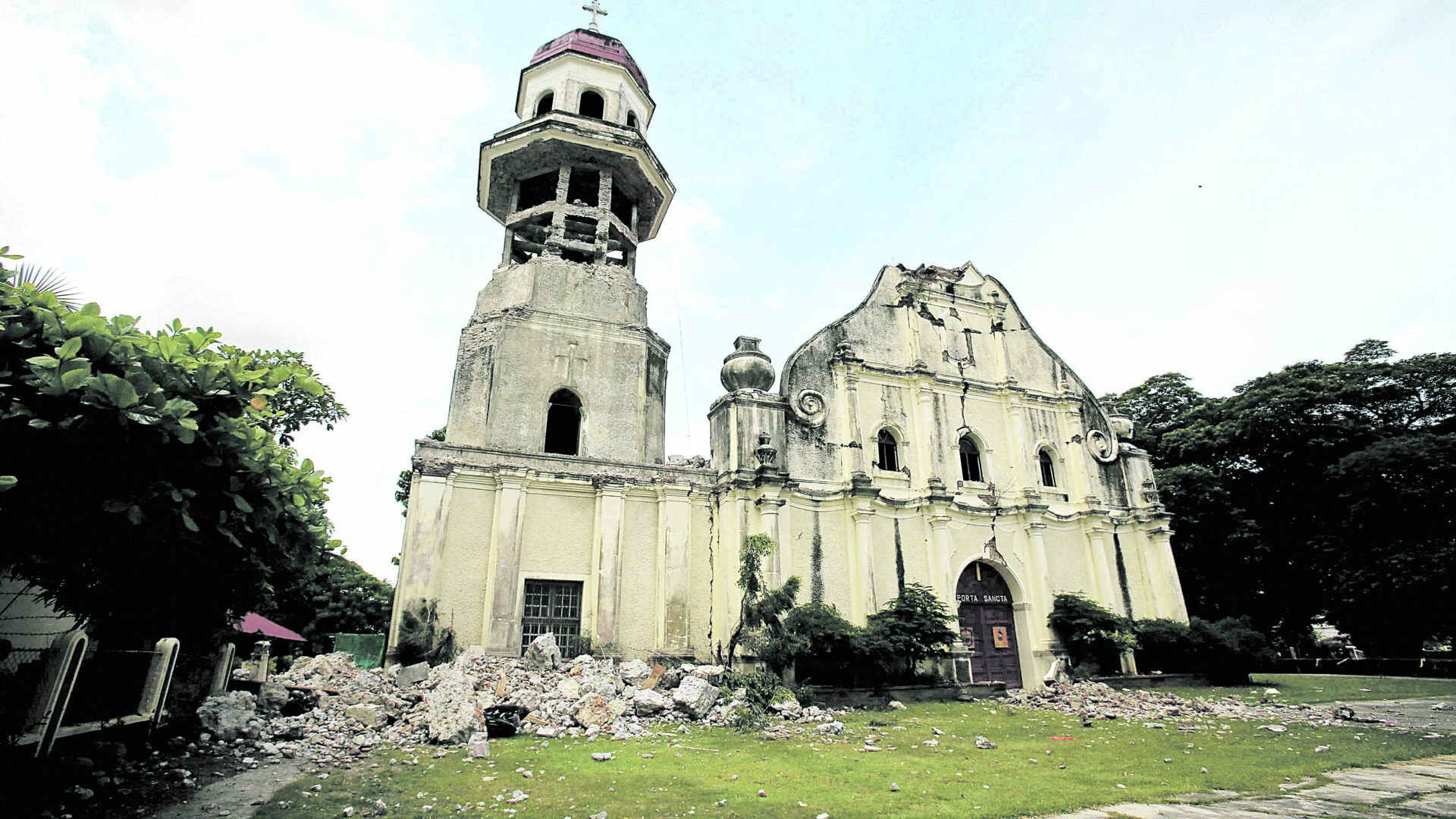Earthquakes have a way of catching us unaware, whether they happen day or night. Although they are not rare in the Philippines, since the country sits on the Pacific Ring of Fire, it is their suddenness — that element of surprise — that make them deadly. You can only prepare so much for temblors.
If there is a takeaway from the magnitude 7.0 earthquake that struck the northern Philippines last 27 July, it was that it happened in the morning, and that people were just on their way to work. Had it happened in the evening or at dawn, the number of casualties might have been higher, since a bigger public would have been caught unaware by the tremor.





With an epicenter located in Tayum, Abra, the earthquake’s effect was felt as far away in Metro Manila, which is 400 kilometers south, with Malabon and Manila reporting strong (Intensity V) ground shaking activity. It might have lasted for just seconds, but it left a large part of Luzon shaken, including historical structures in the Ilocos region.
Immediately following the quake, local disaster response teams went to work, providing affected residents with emergency assistance. As of 29 July, the Department of Social Welfare and Development reported 15,300 families were displaced by the activity, mostly coming from the provinces of Abra, Ilocos Sur, Kalinga, Benguet and Mountain Province, while the death toll has been placed at 10 individuals.
Aftershocks were reported following Wednesday’s quake, but families in the affected areas immediately picked up the pieces, rebuilding their homes and returning to their lives.
